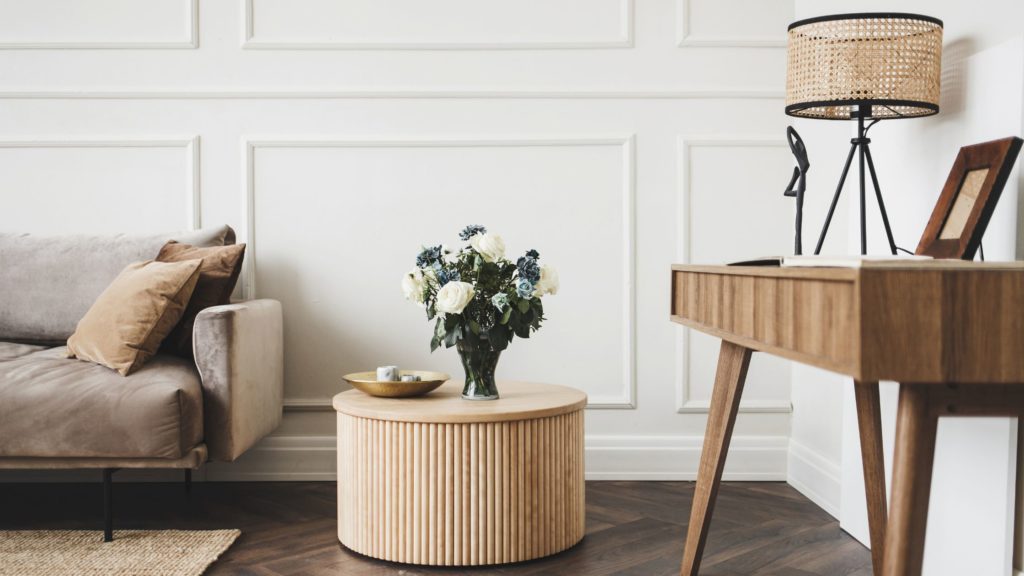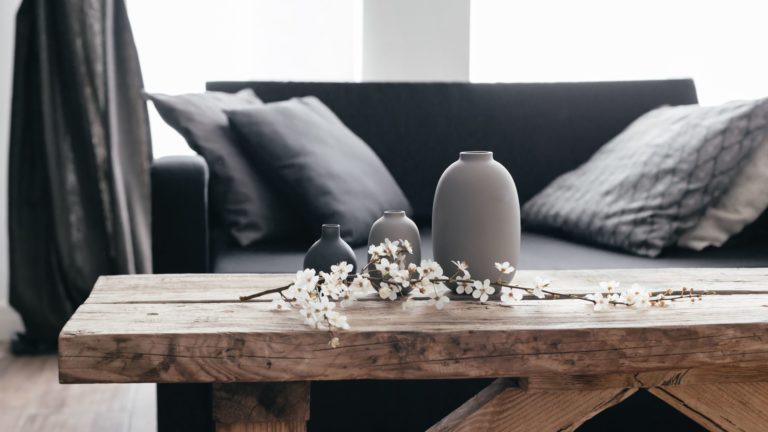When it comes to interior design, the Scandinavian style has gained immense popularity in recent years. Known for its simplicity, functionality, and a distinct sense of hygge, Scandinavian decor offers a unique and inviting ambiance to any living space. Whether you’re looking to transform your entire home or simply add a touch of Scandinavian charm, this article will explore the key features of this style and provide valuable tips on how to incorporate it into your own space.
Understanding Scandinavian Decor
Scandinavian decor is rooted in the design principles of Denmark, Norway, Sweden, and Finland. The style emerged in the early 20th century and has since become a hallmark of modern interior design. The Scandinavian countries are known for their long, dark winters, which have greatly influenced the way their interiors are designed. As a result, Scandinavian decor emphasizes light, warmth, and functionality, creating spaces that are both aesthetically pleasing and highly practical.

Key Features of Scandinavian Decor
- Minimalism: Scandinavian decor is all about simplicity. Clean lines, uncluttered spaces, and a “less is more” mentality are at the core of this style. Clutter is the antithesis of Scandinavian design.
- Neutral Color Palette: The color scheme is dominated by whites, grays, and soft, muted colors like pastels. These shades create a sense of spaciousness and tranquility while maximizing the available natural light.
- Natural Materials: Wood, particularly light woods like pine and birch, plays a significant role in Scandinavian decor. Wooden floors, furniture, and even wood-paneled walls are common. It adds warmth and a connection to nature.
- Functional Furniture: Scandinavian furniture is celebrated for its practicality and understated elegance. Pieces often have a minimalist design, with a focus on functionality. Iconic examples include the Eames Lounge Chair and various pieces by designers like Arne Jacobsen.
- Textiles and Fabrics: Soft, cozy textiles are essential to create a sense of hygge. Incorporate elements like wool, sheepskin, and simple, natural textiles to add warmth and comfort to your space.
- Lighting: Given the long, dark winters in Scandinavia, lighting is a crucial aspect of this style. Large windows to maximize natural light are ideal, but when that’s not possible, Scandinavian decor embraces the use of layered lighting. Think floor lamps, pendant lights, and candles to create a warm, inviting atmosphere.
- Nature-Inspired Decor: Bringing the outdoors in is a central theme of Scandinavian decor. Houseplants, botanical prints, and nature-inspired artwork are commonly used to add life and vibrancy to the space.
- Geometric Patterns: While the overall aesthetic is minimalist, Scandinavian design often incorporates geometric patterns in textiles and artwork, adding visual interest without overwhelming the space.
Tips for Incorporating Scandinavian Decor
Now that we’ve covered the key features of Scandinavian decor, let’s delve into some practical tips for incorporating this style into your own home:
- Declutter: Start by decluttering your space. Remove unnecessary items, and keep only those that serve a purpose or hold sentimental value. A clutter-free environment is essential for achieving that clean, minimalist look.
- Embrace Neutrals: Choose a neutral color palette dominated by whites, grays, and soft pastels. These colors create a serene backdrop that reflects the natural light, making the space feel open and inviting.
- Wooden Accents: Incorporate light wood elements through furniture, flooring, or even wooden wall panels. The warmth of wood adds character and a touch of nature to your interior.
- Functional Furniture: Invest in furniture that not only looks good but also serves a purpose. Think about pieces that offer storage solutions or multi-functionality. Scandinavian design is all about practicality.
- Texture and Textiles: Add softness and comfort to your space with textiles like wool blankets, sheepskin throws, and cozy cushions. These elements contribute to the feeling of hygge.
- Layered Lighting: Create a well-lit atmosphere by layering your lighting sources. Use a combination of overhead lighting, floor lamps, and candles to achieve the perfect balance of brightness and warmth.
- Incorporate Nature: Introduce houseplants and nature-inspired decor to bring life and freshness into your home. Plants not only purify the air but also add a vibrant touch to the overall decor.
- Geometric Patterns: Add interest to your space with geometric patterns in your choice of textiles, such as cushions, rugs, or curtains. These patterns can be subtle yet effective in breaking the monotony of neutrals.
- Hygge Elements: Finally, embrace the concept of hygge. Create cozy corners with comfortable seating, soft blankets, and a good book or a cup of tea. This is where you can truly experience the warmth and relaxation that Scandinavian decor is known for.
In Conclusion
Scandinavian decor offers a refreshing and timeless approach to interior design. Its emphasis on simplicity, functionality, and creating a welcoming atmosphere is why it has gained such popularity worldwide. By incorporating the key features and following the tips provided in this article, you can transform your home into a haven of Scandinavian style, where comfort and elegance coexist in perfect harmony. Whether it’s a full-scale makeover or small additions, this style is sure to bring a touch of Scandinavian charm to your living space.


